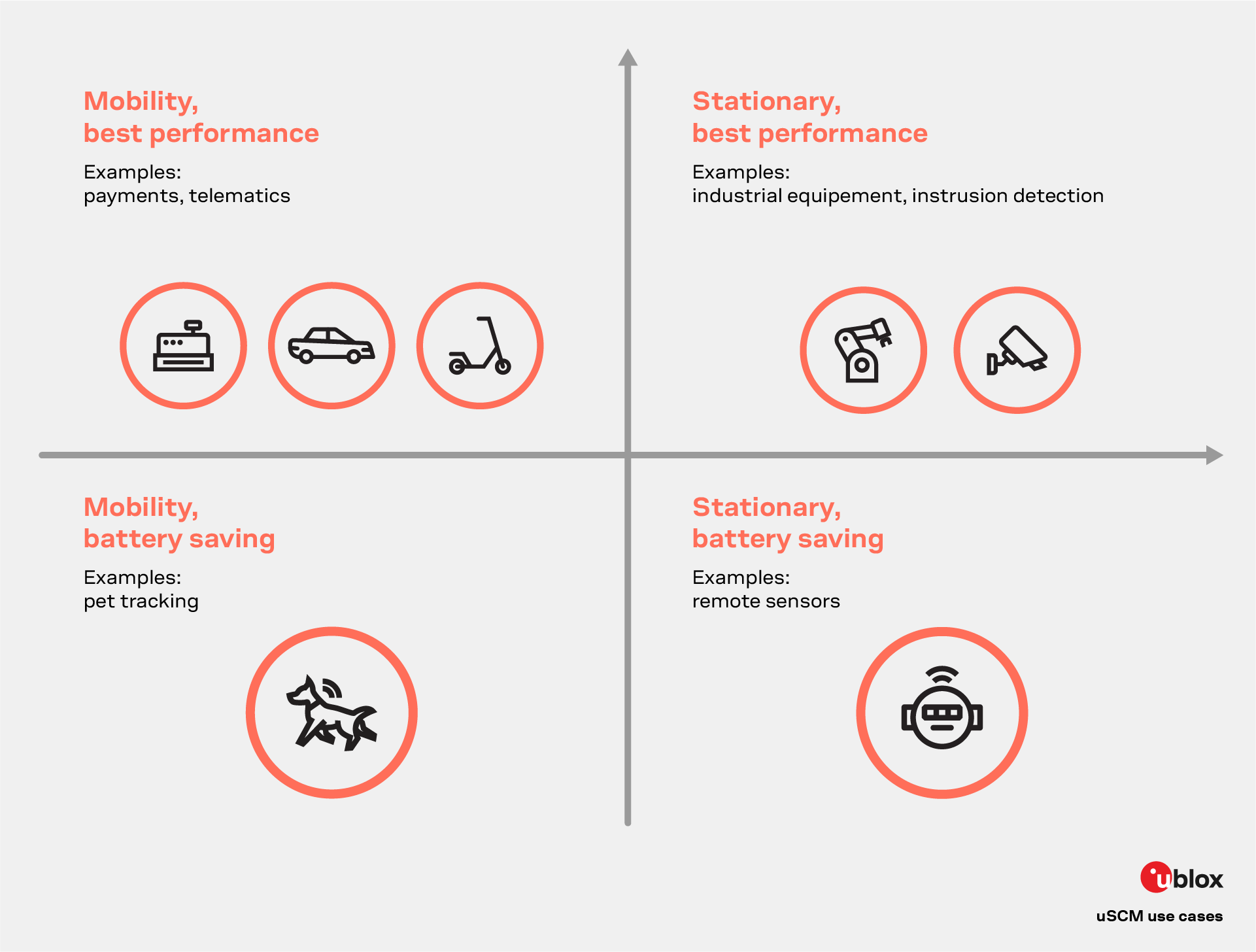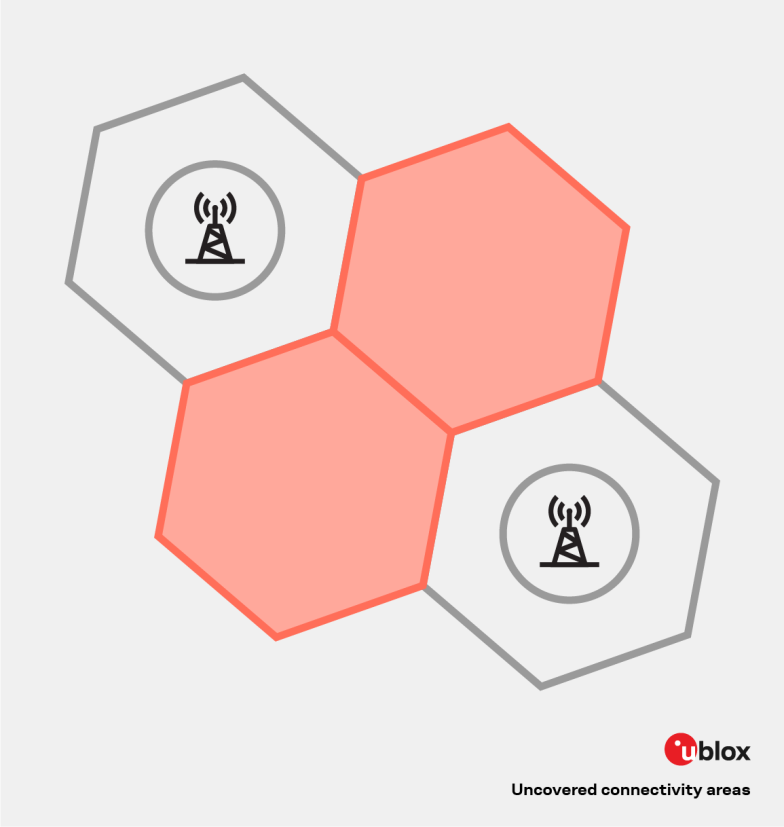
- Support portal
- Evaluation Kits and partner products
u-blox Support
- Product documentation
Documentation
- About
- Sustainability
- Partners and Alliances
- Contact
About u-blox
- Investor relations
Investor relations
Tech
|
23 Feb 2024
How u-blox Smart Connection Manager (uSCM) enhances the developer experience

Managing cellular connection is a complex task. It requires expertise in cellular IoT connectivity technology and experience dealing with various challenging scenarios. Juggling poor coverage, ping-pong connectivity when moving across cell boundaries, and interruptions of cellular data transmission are all common cellular connectivity issues.
Several factors can contribute to poor cellular connection management. For starters, users tend to pay little attention to the connection, sometimes deliberately choosing not to manage it at all. Project resource constraints and limited expertise in cellular connectivity technology are other common causes.
Poorly managed cellular connectivity has adverse effects on applications. Frequent sudden drops or the unavailability of the data pipe (the logical channel through which the data should flow) can result in wasted battery power, slow application performance, or intermittent loss of connectivity, especially with cloud services.
u-blox has been hands-on in creating IoT solutions that tackle these challenges.
u-blox has developed the Smart Connection Manager (uSCM) and integrated it into the UBX-R52 LPWA platform. The uSCM establishes cellular IoT connectivity using pre-defined profiles tailored to various application objectives. For example, applications may need to:

An analogy that helps visualize the advantages of uSCM is to compare an IoT module to a car. The uSCM acts as an automatic gear switch, providing sport/eco driving modes and ABS functionality. Truth be told, drivers still need to operate the vehicle, for now, but they don’t require extensive driving experience to reach higher speeds, reduce fuel consumption, or brake efficiently.
The second advantage of uSCM is that it eliminates the need for users to learn many of the AT commands necessary to control the IoT connectivity fully.

uSCM simplifies cellular connectivity management with a single AT command, reducing development time and speeding implementation.
1. Power saving
Let’s assume the user has a mobile tracker device traveling across or stopping temporarily in an area with no coverage. In this scenario, an IoT module will enter scan mode to search for a cellular network. Once in this mode, the module's power consumption would increase significantly.

Users must manage this scenario by implementing appropriate policies to avoid excessive battery drain. In this situation, they would have to study all the AT commands and options to create a complex state machine.
Here is where uSCM can be a differentiator for:
The table below shows the out-of-coverage power savings achieved with different configurations of the uSCM on the UBX-R52:

Depending on the use case and the selected profile, uSCM can reduce the total power consumption during out-of-coverage by up to 85% without requiring the application developer to implement this optimization.
2. Cell ping-pong management
Cell ping-pong effects can affect stationary battery-powered applications and mobile trackers in areas where this phenomenon occurs.

Multiple handovers result in increased power consumption and unstable IoT connectivity. In this case, uSCM:
3. Cellular data stall management
Cellular data stall management can occur unexpectedly due to factors such as interoperability issues or bugs. In such cases, traffic will stop even if the module registers as connected.

The IoT connectivity may not be available when needed, negatively impacting applications such as payment devices and industrial actuators, to name a few, that rely on constant readiness for cellular data exchange.
In this case, uSCM can assist by:
4. Link quality management
Data connections can degrade even with a strong signal due to various cellular network conditions, including congestion or interoperability issues. Application segments such as payment devices, industrial actuators, or even live trackers that require continuous flow of data must always be ready to send and receive cellular data to ensure uninterrupted service.

In this case, uSCM provides support by:
uSCM is proving to be a strong ally in achieving IoT connectivity goals and objectives. As the use cases above demonstrate, the feature's versatility makes it an asset in multiple scenarios, from reducing battery consumption to restoring cellular connectivity in a snap.
Learn more about uSCM and unleash your creativity to build IoT communications. Surely, by now, you’ve already thought of a use case where an efficient IoT solution like uSCM could make a difference. Contact us in case we have piqued your curiosity.

Valerio Carta
Senior Product Marketing Manager Cellular